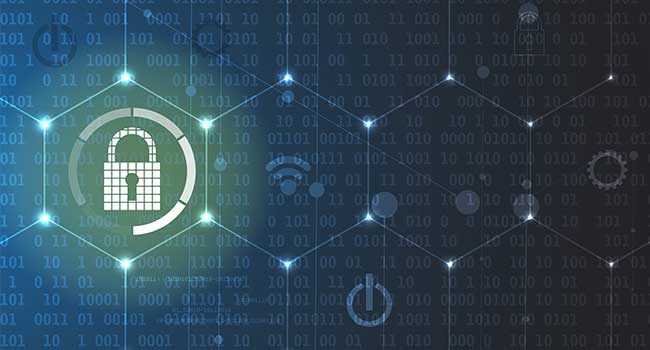
DHS S&T Seeks Solutions for Privacy Preserving Digital Credential Wallets, Verifiers
The Department of Homeland Security (DHS) Science and Technology Directorate (S&T) announced a new solicitation to create, improve and implement a new set of tools that protect the privacy of individuals when using digital credentials that can be used for a variety of purposes including travel, immigration and citizenship status, employment, residency status and more. The solicitation, called the Privacy Preserving Digital Credential Wallets & Verifiers topic call, is administered by S&T’s Silicon Valley Innovation Program (SVIP) and seeks cutting-edge solutions that can support a privacy-preserving digital credentialing ecosystem for DHS components and offices such as U.S. Citizenship and Immigration Services (USCIS), U.S. Customs and Border Protection (CBP) and the DHS Privacy Office (PRIV).
“Preserving the privacy of individuals as they use digital wallets to store their credentials is deeply important in ensuring the secure, confidential nature of their digital interactions in an increasingly interconnected world,” said Melissa Oh, SVIP managing director.
This solicitation builds on the success and global adoption of the open, standards-based digital credentialing solutions developed under SVIP’s previous ‘Preventing Forgery & Counterfeiting of Certificates and Licenses’ topic call. It seeks privacy-preserving components that can be directly integrated into credentialing systems enabled by the World-Wide Web Consortium (W3C) Verifiable Credential Data Model (VCDM) and W3C Decentralized Identifiers (DIDs) standards utilized by DHS digital credentialing systems. Applications for the solicitation must focus on at least one of the following technical topic areas:
Digital Wallet: DHS is seeking digital wallets that are useful across contexts and jurisdictions, can support the broad range of credentials possible with World Wide Web Consortium (W3C) Verifiable Credential Data Model (VCDM) and W3C Decentralized Identifiers (DID) standards that include verified support for DHS issued credentials, and are portable, highly secure, privacy-preserving, standards-based, interoperable, and multi-functional.
Mobile Verifier: DHS is seeking software-based verifier implementations that can be deployed on mobile devices, including on iOS and Android based devices, that can support the broad range of credentials possible with W3C VCDM/DID standards to include verified support for DHS issued credentials.
“The Privacy Office is proud to partner with our colleagues to identify, develop, and implement privacy enhancing technologies to meet Homeland Security mission needs,” said Mason Clutter, DHS Chief Privacy Officer. “This investment in the building blocks of a privacy protective digital credentialing system further demonstrates the Department’s commitment to privacy and serves as a model for the global community.”
Companies participating in this SVIP Topic Call are eligible for up to $1.7 million of non-dilutive funding over four phases to develop and adapt commercial technologies for homeland security use cases.